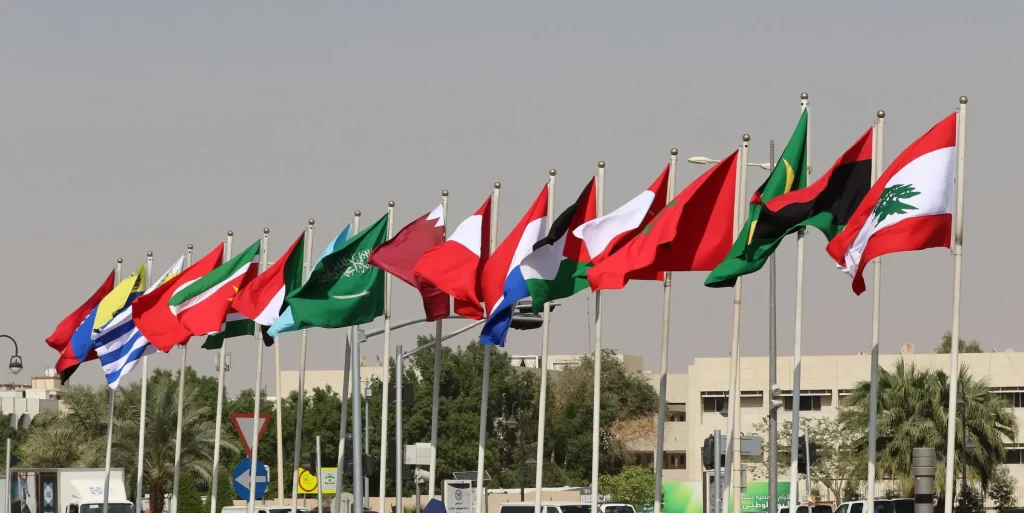
Arabic is a Semitic language that is spoken by more than 420 million people in the Middle East and North Africa. It is the official language of 26 countries, including Egypt, Iraq, Saudi Arabia, and Morocco. Arabic is written from right to left in a cursive style and includes 28 letters. It has three distinct dialects: Classical Arabic, Modern Standard Arabic, and Colloquial Arabic.
Classical Arabic is the language of the Qur’an and is used in formal settings such as religious ceremonies or academic lectures. Modern Standard Arabic (MSA) is used in newspapers, books, magazines, television broadcasts, radio broadcasts, and formal speeches. Colloquial Arabic (CA) is used in everyday conversations between friends or family members.
Arabic has many unique features that make it different from other languages. For example, it has a dual system of nouns which can be either masculine or feminine depending on the context. It also has an extensive system of verb conjugation which changes depending on the subject’s gender and number. Additionally, it uses a system of prefixes and suffixes to indicate various grammatical functions such as possession or negation.
Arabic also has an extensive vocabulary with many words borrowed from other languages such as Persian and Turkish. Additionally, it has many loanwords from English due to its increasing use in international business settings.
Arabic is an important language for anyone interested in Middle Eastern culture or politics as well as those who wish to do business with countries that speak it. It can also be useful for those who are interested in learning about Islamic culture or studying Islamic texts such as the Qur’an or Hadith collections.

